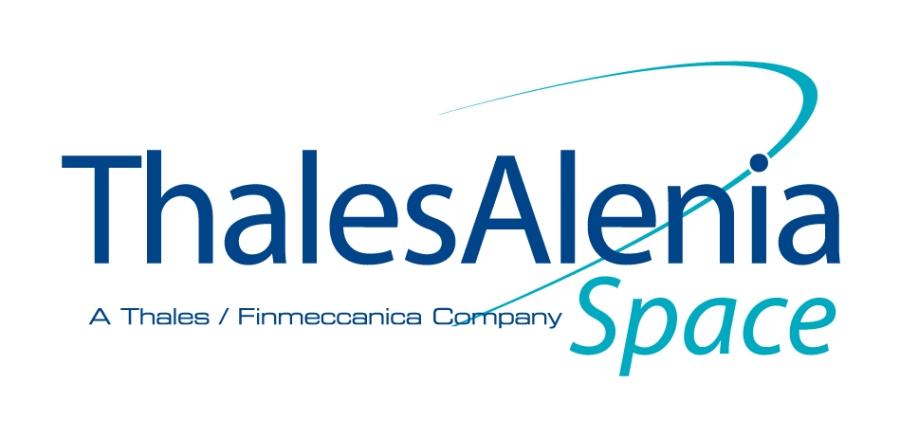-
StatusCompleted
-
Status date2017-01-30
-
Activity Code4F.075
The study focuses on a flexible concept which allows a significant mass and cost reduction of the electric propulsion subsystem by implementing on-ground or in-orbit configurability in order to adapt to the different operating modes during a typical telecom mission of full-electric spacecraft. The result is a PPU which is able to be shared by different thruster technologies.
The configurable high voltage power supply should provide between 200V and 2000V over all thrusters and with a ratio ½ to 1 for a given voltage with manageable power dissipation. A single power supply, with a fixed topology can’t operate at its best efficiency on a so large voltage range. Fortunately, the operating voltage of a thruster is generally fixed during a thrust period so that the topology of the high voltage power supply may be configured before it is switched ON.
The main challenges of this project were:
- To manage the high voltage up to 2kV for the rectifier unit and the magnetic components
- To manage the power sharing between outputs for the several series/parallel configurations
- To manage the use of Wide band gap active components (GaN and SiC)
The selected architecture and topology is promising for the development of new PPUs with higher efficiency and power density.
All steps of this study generated valuable knowledge and experience on new technologies, techniques and converter topologies. There is no doubt that many of these new technologies will be part of the future state-of-the-art technologies for PPUs, and this activity provided many building blocks and starting points for further developments.
The main product features are :
- The primary power bus interface : 100V
- Output voltage range : 200V and 2000V
- Maximum output power : 5.3kW
- Typical efficiency : up to 96%
- Overvoltage, overcurrent and overtemperature protections
- Significantly increased power density compared to current PPUs.
The CHVPS the system architecture is described by the function F1 to F6 as described below:
- F1: Input switch
- F2: Inverter
- F3: Power transformer
- F4: Rectifiers
- F5: Current sharing control
- F6: Output voltage configuration

This project has been divided in 2 phases:
The phase 1 was to assess state of the art system architectures which are able to perform station-keeping and orbit-raising. Therefore, we consulted satellite Prime (TAS-France) to assist in understanding the current and future telecom market.
We selected thruster types which are available on the market or under credible development.
This task results in the identification of a baseline thruster type/combination and operation modes defining the boundary conditions in order to serve as a basis for the following activities.
Phase 2 focused on the detailed design, realization and verification of the configurable high voltage power supply.
The project is now achieved at EBB level (completed).
The goals of the contract have been reached. The results obtained are conform to our expectations.
The selected architecture and topology is promising for the development of new PPUs with higher efficiency and power density. Among these new technologies, the Wide-bandgap semiconductor is the key technology that permits the high power density, output voltage configuration.
The wide-bandgap components are expected to take more and more place in the space power conversion market because of the outstanding performance they promise.



